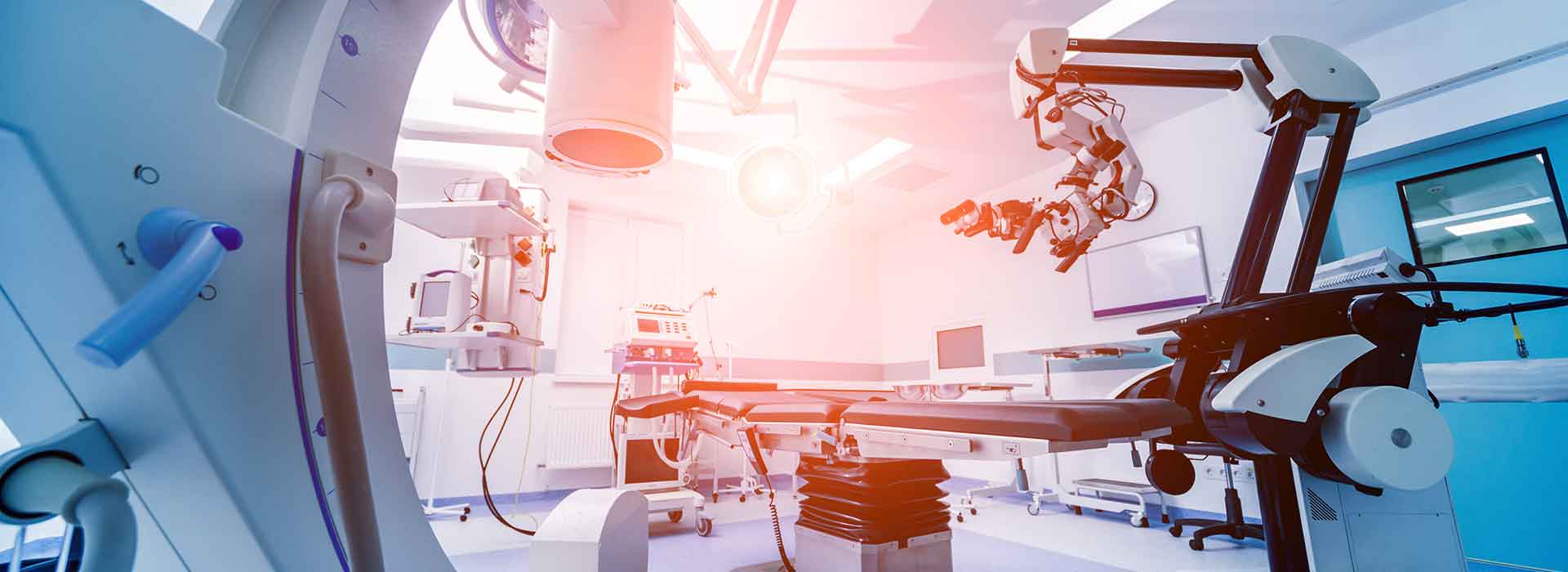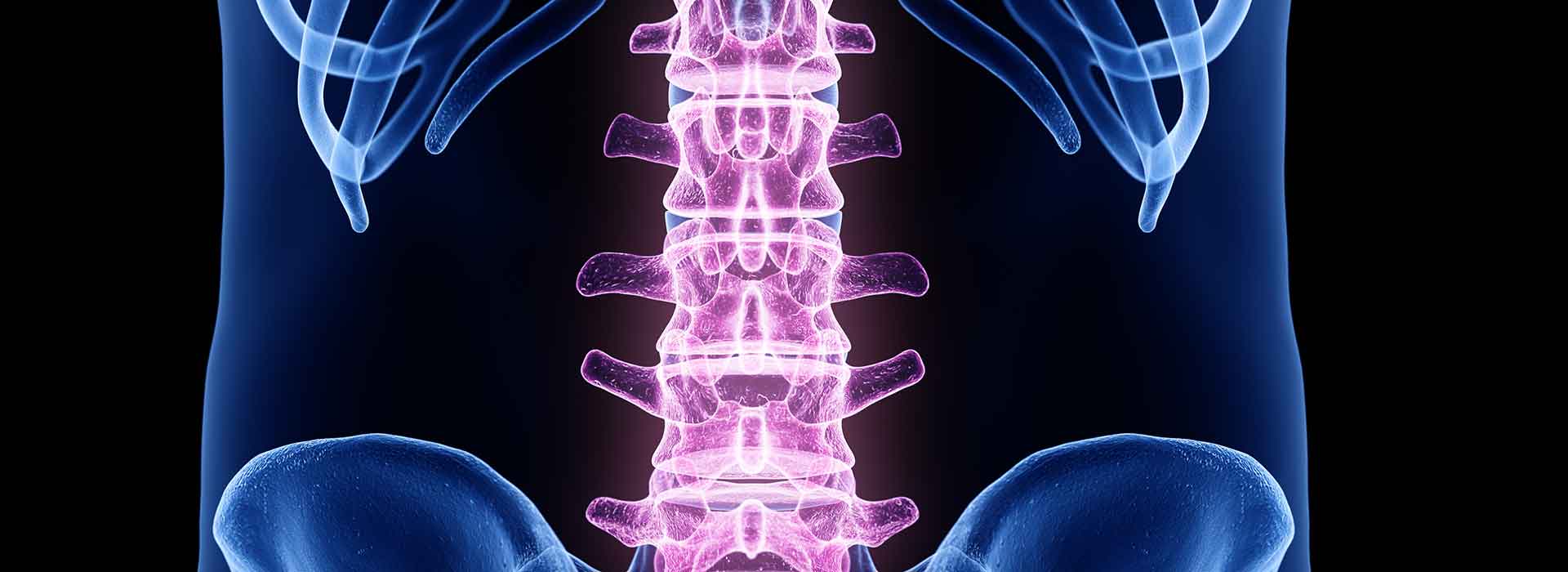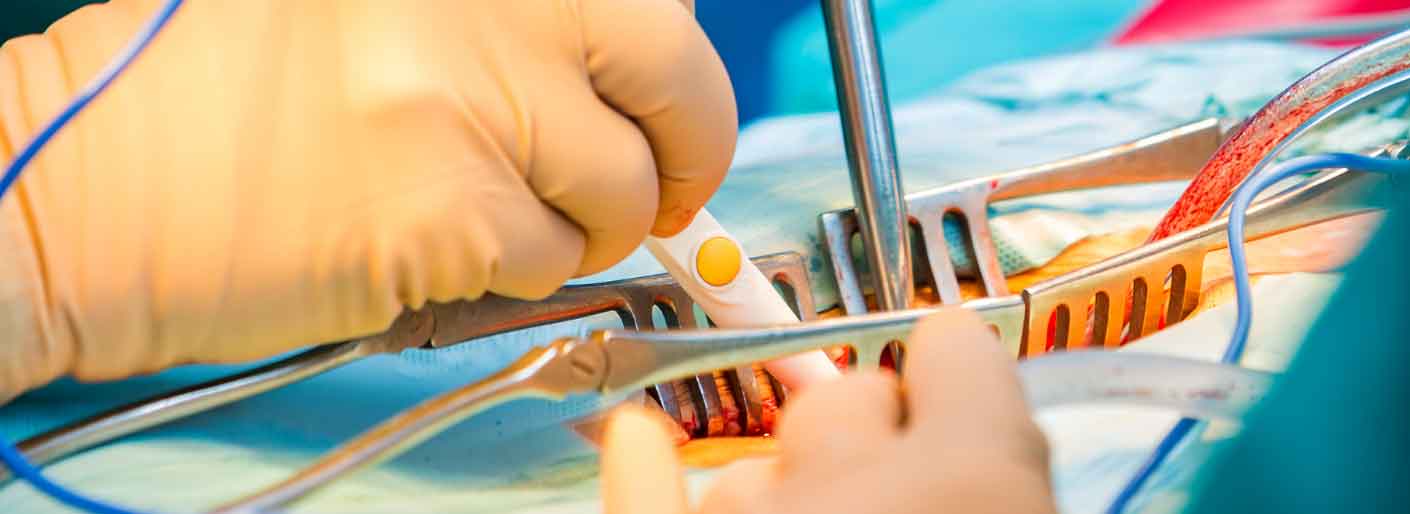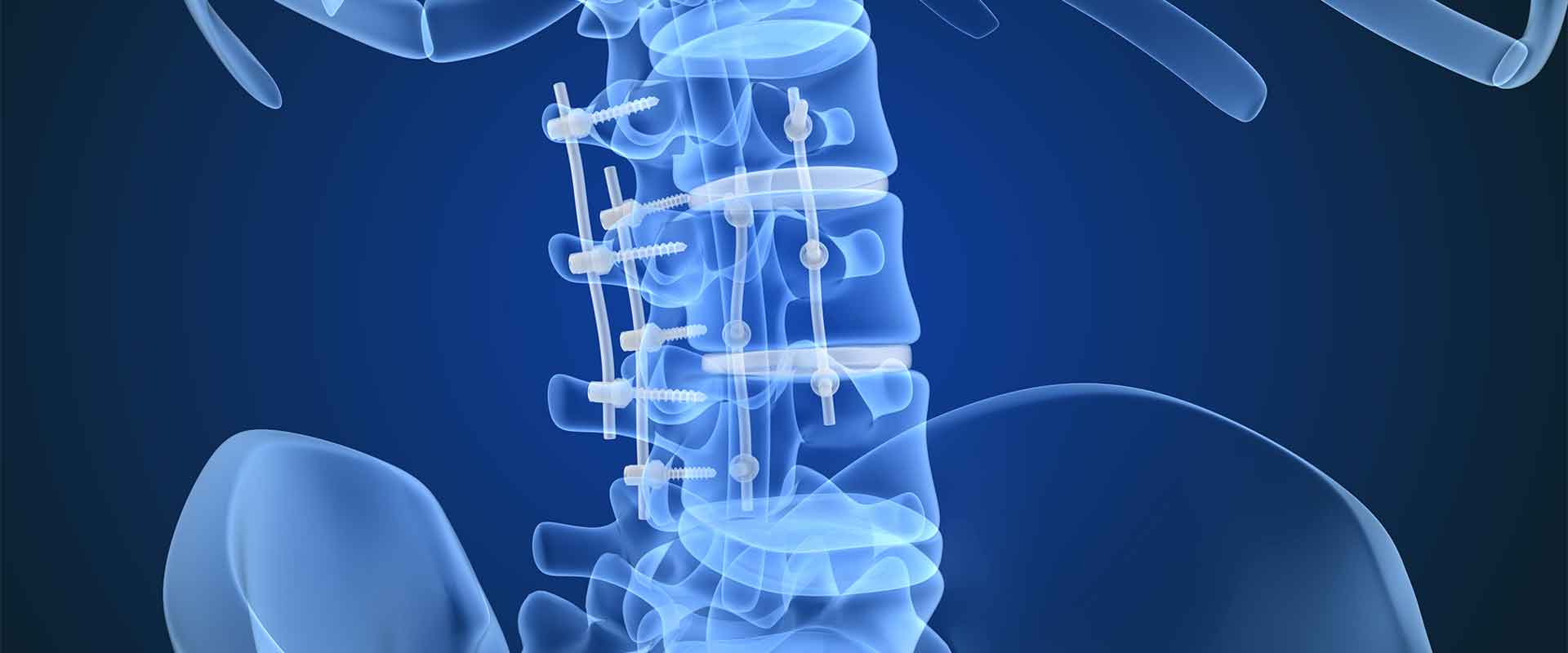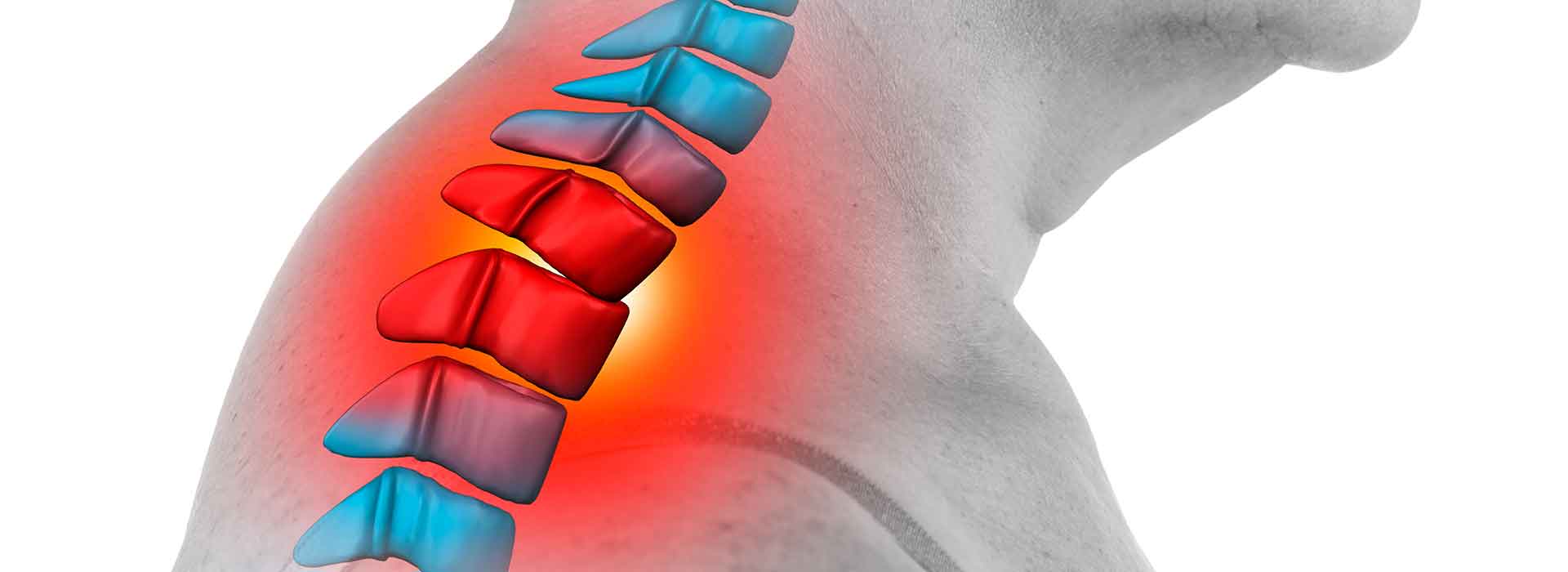PEEK’s material properties deliver peak performance
PEEK’s role in medicine has rapidly grown in the 15 years since it was first adapted for use in spinal implants, and the primary reason for that is its material properties. PEEK is a viable alternative to titanium implants, also owing to its physical properties, and the trend line is positive in this regard. What is it about PEEK, though, that makes it a perfect fit for so many medical applications, and particularly implant applications?
PEEK is a high-performance polymer, so it shouldn’t be compared to consumer grade plastics. This is a strong, tough, flexible and biocompatible option for patients and their surgical teams. There is plenty of research to back these points, and plenty of research that confirms the bright future that comes with PEEK implants and components.
PEEK’s impressive material properties
Few materials are suitable for the human body, as biocompatibility is imperative. PEEK, however, passes the biocompatibility test, with excellent inertness driving its long-term efficacy. Any implant surgery that involves the spine is one to handle carefully, as the spinal column must be protected to ensure a positive outcome. PEEK implants further this mission with their biocompatibility, minimizing complications arising from the procedure.What are some other PEEK material properties worth addressing?
- A similar modulus to cortical bone – The majority of PEEK implants are destined for the spine, as they are ideal for spinal cages and spacers. Ideally, a spinal implant would provide a modulus as close to cortical bone as possible, as this ensures neighboring bone continues bearing weight like normal. In short, to protect nearby bone, the implant must behave like bone, at least to an extent. Surgeons like PEEK for many reasons, but its modulus is at the top of the list. PEEK can be modified so that it provides a modulus as close to cortical bone as medical professionals can get from their implants. Consider titanium implant alternatives, which are much stiffer than cortical bone. Titanium implants can alter how neighboring bones bear weight, as the implant bears more of it than it should. This can have a deleterious, cascading effect on the body’s own bone. Because the titanium implant is handling more than its share of the load, nearby bone can suffer, losing some of its mineral density and, by effect, its ability to bear weight and remain stable. The primary word here is “subsidence.” When bone experiences subsidence, it sinks and settles in, which is a complication that no surgeon wants to see. Yet, it is a known issue with titanium implants, which can experience subsidence rates of 20 percent or more, according to research published in BMC Musculoskeletal Disorders and the European Spine Journal. PEEK implants, by contrast, experience much lower subsidence rates. Often, they are down in the single digits, so more of the body’s native bone is protected from loss of density.
- Radiolucency – Positive surgical outcomes are also dependent on the surgeon’s ability to monitor the implant’s placement following the procedure and adjust accordingly. PEEK is the clear winner in this regard, as it can provide complete radiolucency on most forms of imaging, including X-rays, MRIs and CT scans. Radiolucency is another prized property among surgical teams, as they can clearly see exactly what is occurring at the surgical sight during patient follow ups without any interference from image scatter, as experienced with titanium implants. In applications where radiolucency might pose an obstacle, PEEK can be modified so that it is easier to see on medical images. Modified PEEK retains its superior safety and biocompatibility properties, so it can be used when needed.
- Flexibility – Because PEEK is a high-performance polymer, it is easy for PEEK component properties to be altered where needed. Various additives are integrated into the PEEK during the production process and can be mixed and matched to meet a medical team’s needs. Most notably, PEEK can be augmented with materials that change its modulus or radiolucency, which are its two most notable properties to medical professionals. Unfilled PEEK’s radiolucency combined with a modulus that is a bit more flexible than cortical bone is still much closer to bone modulus than titanium implants. However, if PEEK is fabricated with Carbon Fiber, it provides nearly perfect bone-like modulus that surgeons look for. Additives that improve PEEK’s radiopacity are also available, including barium sulfate. Here, PEEK can be impressively adaptive, as its radiolucency can be finely altered with the addition of more or less marker. In short, the surgeon can get the exact performance they need from the PEEK.
- Tight tolerances – An area where metal usually outperforms polymers is in the tolerance department. However, PEEK molding and machining processes have been perfected to the point where PEEK components also offer excellent tolerances. PEEK is a high-performance polymer that behaves predictably when melt-processed, and experienced polymer fabricators know how to manage it during production to ensure it remains within tolerance boundaries. Medical professionals can rest easy knowing that PEEK components are just as consistent as metal components, from one to another.
Add to this already impressive list the cost effectiveness of PEEK and its future potential, and it’s clear that the polymer is more than a worthy contender to titanium. PEEK components can be produced using injection molding or machining methods, giving buyers options in how they meet their component needs. A PEEK fabricator that offers both processes will be able to provide an ideal balance of cost-effective components and related lead times.
Several engineering firms are working on PEEK implants with improved osseointegration properties and antimicrobial properties. It likely won’t be long before medicine adopts these new PEEK implants in a meaningful way to improve bone ingrowth and implant stability.
Now, though, PEEK’s material properties are already perfectly geared for many medical applications, including some of the most challenging and delicate procedures available to patients.



